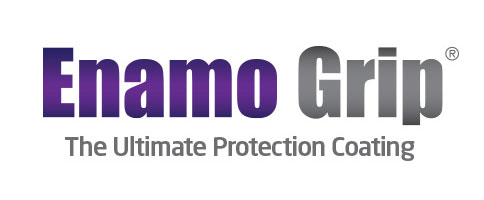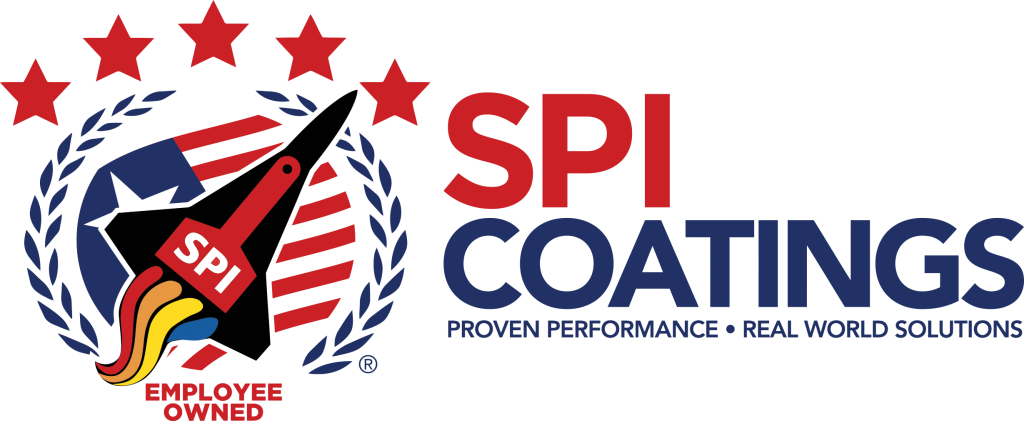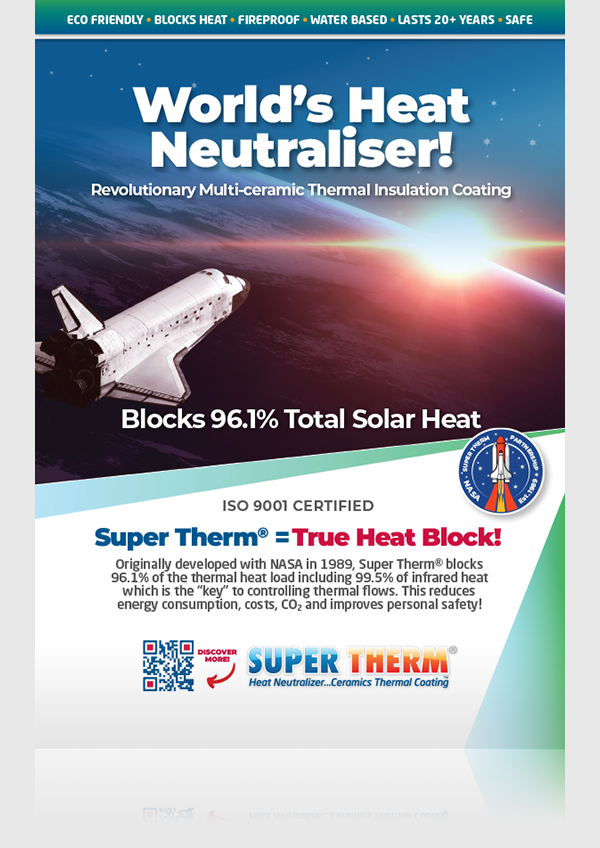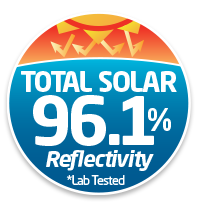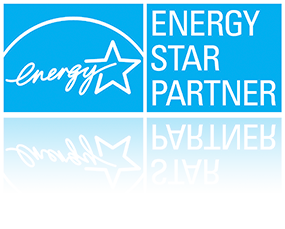Historical Resume: Over 175 years R&D experience with insulation and corrosion protection coatings
SPI Coatings: A Legacy of Innovation in Thermal Insulation and Corrosion Protection
For more than three decades, Superior Products International II, Inc. (SPI Coatings) has defined what’s possible in the world of advanced coatings. From groundbreaking NASA collaborations in the 1980s to award-winning innovations recognised by the U.S. Department of Energy and EPA ENERGY STAR, SPI’s legacy is built on relentless research, scientific rigour, and an unwavering drive to solve the toughest heat and corrosion challenges across the globe.
Visionary Leadership: The Pritchett Legacy
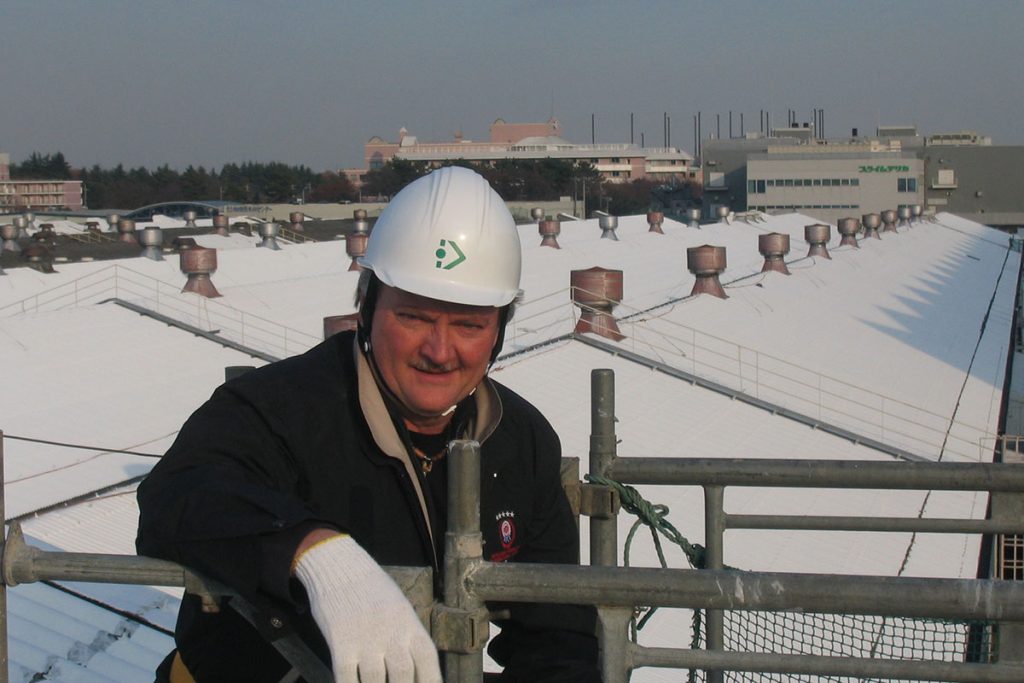
At the heart of SPI Coatings is Joseph E. Pritchett, founder, president, and lead researcher. Pritchett’s career began in the 1970s, but his defining work started in 1989, when NASA invited him to research ceramic compounds capable of blocking radiant heat. Over a six-year collaboration (1989–1995) with NASA’s Marshall Space Flight Center, Johnson Space Center, and Ames Research Center, Pritchett discovered that most scientific literature on ceramics was incomplete when applied to coatings.
He conducted years of hands-on testing—mixing, coating, and heat-testing thousands of ceramic compounds to understand how they behaved under real environmental stress. The result was the creation of Super Therm®, a revolutionary ceramic-based insulation coating that blocks over 96% of total solar heat and 99% of infrared radiation.
In 1995, Pritchett was invited to present his findings at the NASA Technology Conference in Chicago, formally introducing Super Therm® to the world. It was a turning point for the coatings industry: for the first time, insulation didn’t just mean absorbing heat—it meant blocking it.
SPI’s philosophy remains simple yet profound:
“Block the heat before it enters. Stop corrosion before it starts.”
J.E. Pritchett, President SPI Coatings
From Laboratory to the Field: Global Validation
SPI’s success isn’t confined to labs. The company’s technologies have been field-proven in every climate on Earth—from the deserts of Saudi Arabia to the airports of the United States and industrial complexes in Japan.
- U.S. Department of Energy (DOE) independently verified that Super Therm® reduced roof surface temperatures from 164°F to 86°F, achieving interior cooling of 10°F and energy savings exceeding 60% on a Florida housing project
- The U.S. Air Force tested the coating in Arizona, finding that even after three days of 113°F heat, an unventilated metal structure coated with Super Therm® maintained an internal temperature of 85°F—without air conditioning
- Hoover Dam Bypass Bridge engineers used Super Therm® to protect visitors from 140°F metal railings, earning SPI the SSPC E. Crone Knoy Award for innovation in industrial coatings
- Georgia-Pacific (Koch Industries) validated SPI’s HPC® Hot Pipe Coating, which saved 49% of energy and $332,000 annually at a single digester unit, earning the EPA ENERGY STAR “Top Project” Award in 2023
These aren’t lab simulations—they’re real-world results measured by Fortune 500 companies, military engineers, and federal energy programs.
Science That Redefined Insulation
Before SPI’s innovations, insulation relied on “mass materials” like fiberglass or mineral wool—systems designed to absorb heat, not block it. Pritchett and his research team upended this 1970s model by focusing on radiative heat transfer, which accounts for the majority of energy gain or loss in structures.
By isolating and combining four advanced ceramic compounds, SPI created coatings that manage heat at a microscopic, thermophysical level, optimising:
- Reflectivity – deflecting UV and visible radiation before it converts to heat
- Emissivity – radiating absorbed energy away rapidly
- Low thermal diffusivity – slowing heat movement through material layers from long wave infrared
- Specific heat balance – maintaining stable surface temperatures
The result is the world’s first ceramic-based “heat block” coating, verified through extensive ASTM testing (C1363, E1269, E1461-92) and independent verification by the Russian Academy of Sciences, which found Super Therm® to outperform even polished aluminium mirrors in reflection.
Global Testing and Industry Recognition
SPI’s commitment to third-party validation spans decades and continents.
- Japan Testing Center for Construction Materials recorded 92.2% solar reflectivity and 99.5% emissivity.
- Musashi Institute of Technology (Tokyo) compared 21 reflective coatings, concluding Super Therm® retained 92% reflectivity after 15 years, while others lost 30% in just 18 months
- Mitsubishi’s Hokko Terminal reported that Super Therm® reduced tank temperatures and VOC emissions across 39 fuel tanks, maintaining effectiveness for 14 years without reapplication
- Nissan Motor Co., Toshiba, Tucson Airport, Vodafone, and ARAMCO have all implemented SPI coatings to cut energy, increase safety, and reduce environmental impact.
The Birth of HPC®: Revolutionising Industrial Insulation
In addition to its cool-surface coatings, SPI’s HPC® (Hot Pipe Coating) redefines industrial insulation. Designed for temperatures up to 650°C (1,200°F), this water-based ceramic system is applied directly onto operating equipment—without shutdown.
Where traditional wraps or foams trap moisture and lead to corrosion under insulation (CUI), HPC® forms a closed-cell, hermetic ceramic barrier that prevents both heat loss and corrosion.
In 2023, Georgia-Pacific’s engineering teams documented a 49% reduction in heat loss and zero corrosion after two years of continuous use. Their findings led to EPA recognition for breakthrough technology and an ENERGY STAR Top Project Award, placing SPI’s coatings alongside the most impactful industrial innovations of the decade.
Beyond Insulation: Corrosion Protection for Extreme Environments
SPI’s Rust Grip® complements its insulation line by addressing the other half of asset longevity—corrosion. The coating penetrates and encapsulates existing rust, curing into a flexible epoxy layer that locks out oxygen and moisture. Tested by the U.S. Navy, oil and gas sectors, and offshore industries, Rust Grip® has been rated among the top corrosion control systems globally.
Together, Super Therm®, Rust Grip®, and HPC® form a complete defensive system: heat block, corrosion barrier, and energy saver—all in one integrated suite.
Patented Science and Ongoing R&D
SPI’s innovations are protected by multiple U.S. patents, including:
- U.S. Patent 7,368,150 B2 – Method of applying a heat-reflective coating
- U.S. Patent 5,695,812 – Method for abating bio-hazardous materials in coatings
- U.S. Patent 18/917,236 (2024) – Compounds for insulating hot pipes
The company continues to explore graphene integration for anti-fouling and ultra-hard marine coatings, collaborating with materials scientists and aerospace engineers—including former NASA astronauts.
Recognition from the Highest Levels
From its founding in Shawnee, Kansas, SPI has grown into a globally recognised leader in sustainable coating technologies, achieving approvals and memberships with:
- NACE/SSPC/AMPP, ASHRAE, USGBC, CRRC, LEED, and ABS
- ISO 9001:2015 certification for quality and process control
- Cradle to Cradle Silver Certification for environmental performance
Pritchett himself has been honoured with numerous awards, including:
- Outstanding Young Men of America (1982)
- Who’s Who Worldwide (1993) for professional achievement and leadership
- SSPC E. Crone Knoy Award (2011) for innovation in coatings
- EPA ENERGY STAR Award (2023) for HPC® thermal insulation technology
Defining an Industry Standard
While many companies claim ties to NASA or promise “reflective paint” performance, SPI’s record stands unmatched. It is one of the only coating manufacturers with documented NASA collaboration, multiple DOE verifications, EPA awards, and decades of cross-industry adoption.
By combining scientific precision with field-tested pragmatism, SPI Coatings has turned coatings into functional technology—building materials that save energy, protect assets, and future-proof infrastructure.
The Future: Expanding the Frontier
Looking ahead, SPI continues to push beyond conventional thinking. Its R&D focus includes:
- Next-generation ceramic compounds capable of withstanding higher temperatures
- Coatings that solve the challenges of cathodic shield and CUI below ground
- Fire coatings that are waterbased which not based on intumescent technology
From oil rigs to renewable energy plants, SPI’s mission remains unchanged: to create smarter, longer-lasting, and more sustainable coatings that solve the world’s toughest industrial challenges.
SPI Coatings stands as a rare example of American innovation that reshaped industries around the world. With over 175 years of combined R&D experience across its team, and more than 35 years of proven field performance, its legacy is both scientific and practical—a model of leadership through results, not rhetoric.
For those seeking to save energy, prevent corrosion, and extend the life of assets in any environment, SPI Coatings remains the original pioneer—and still the benchmark for excellence.

















